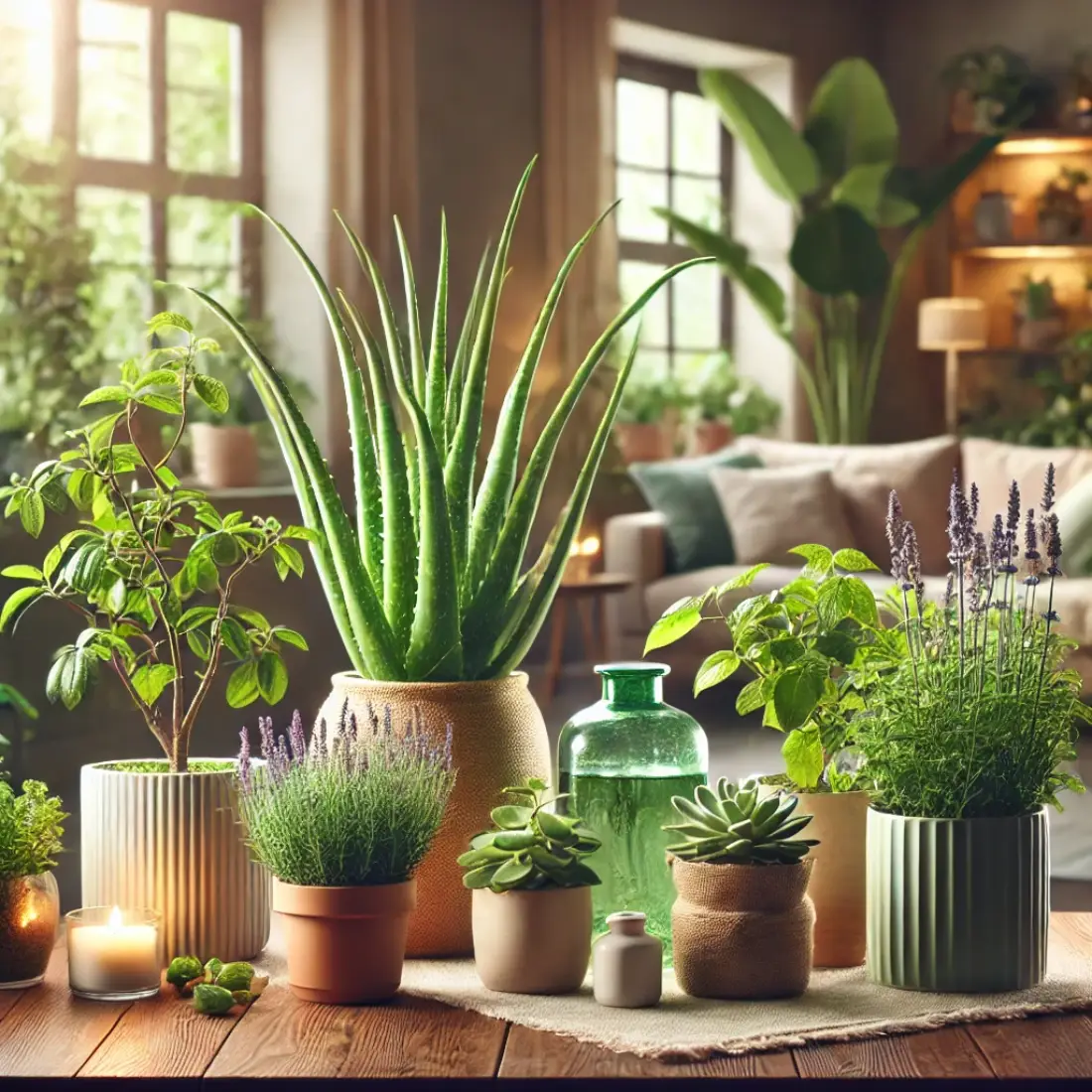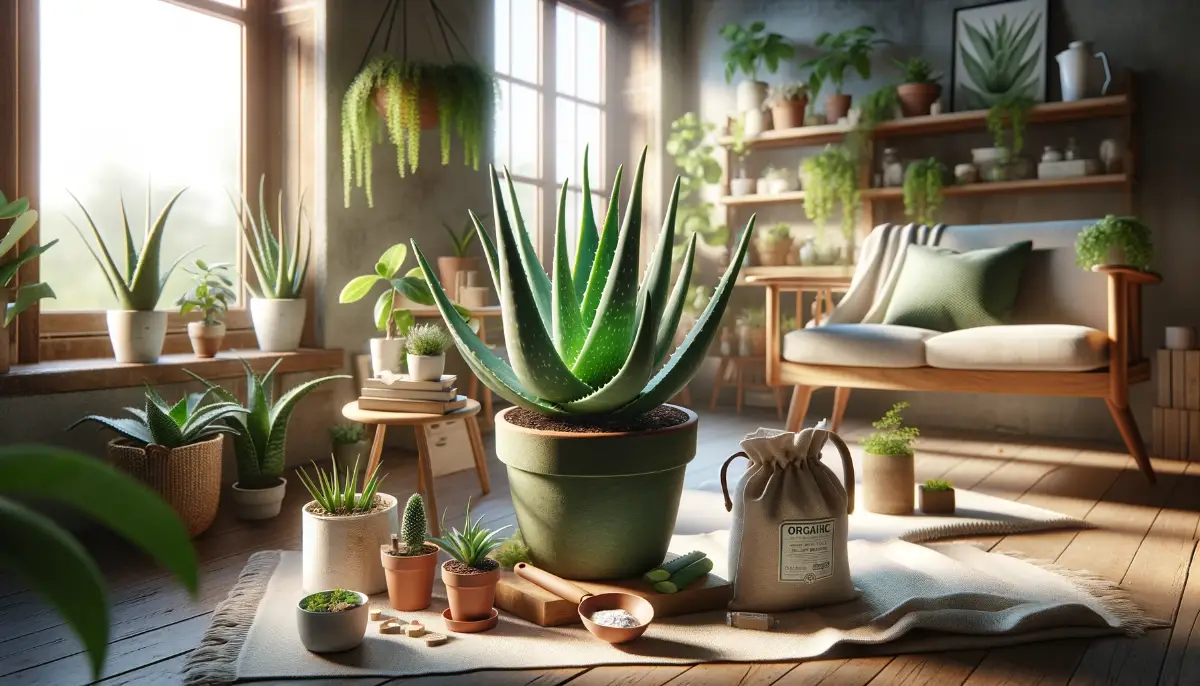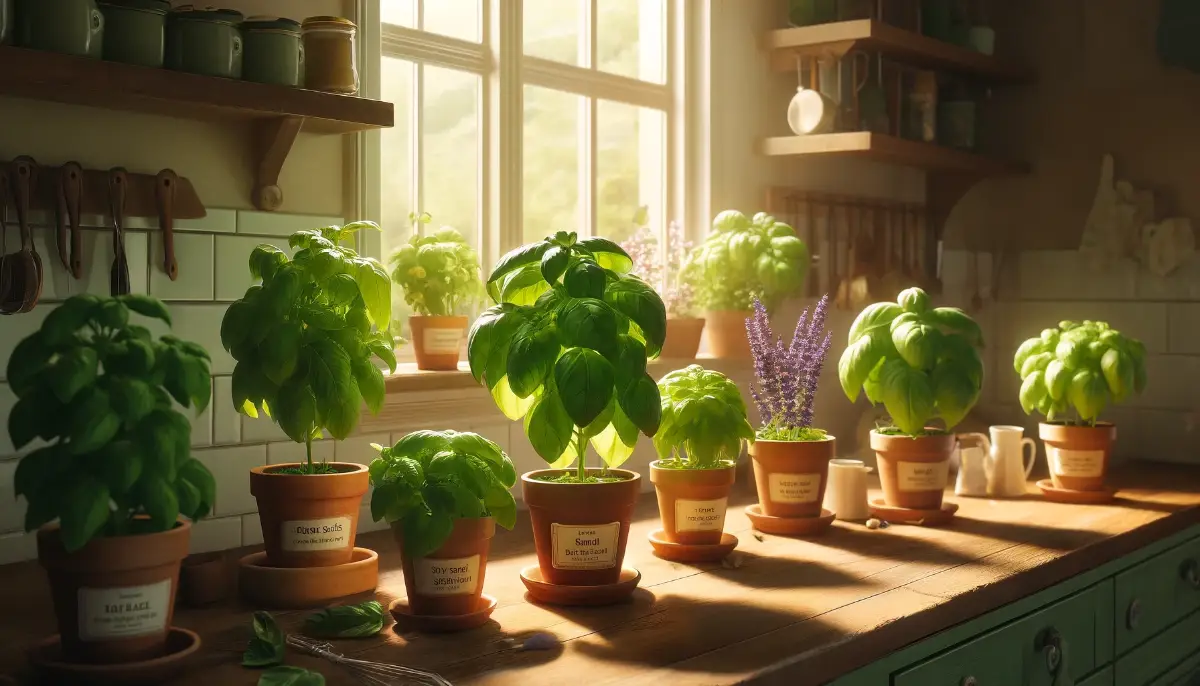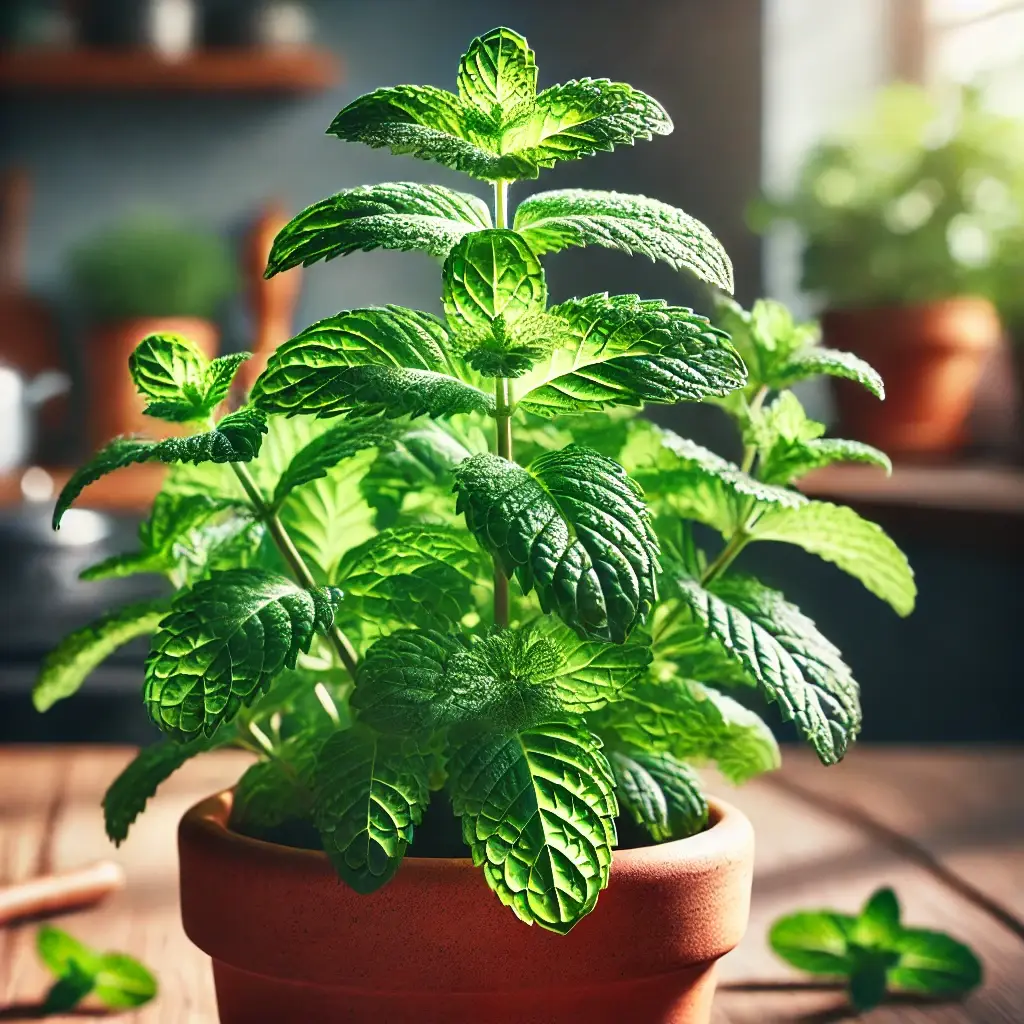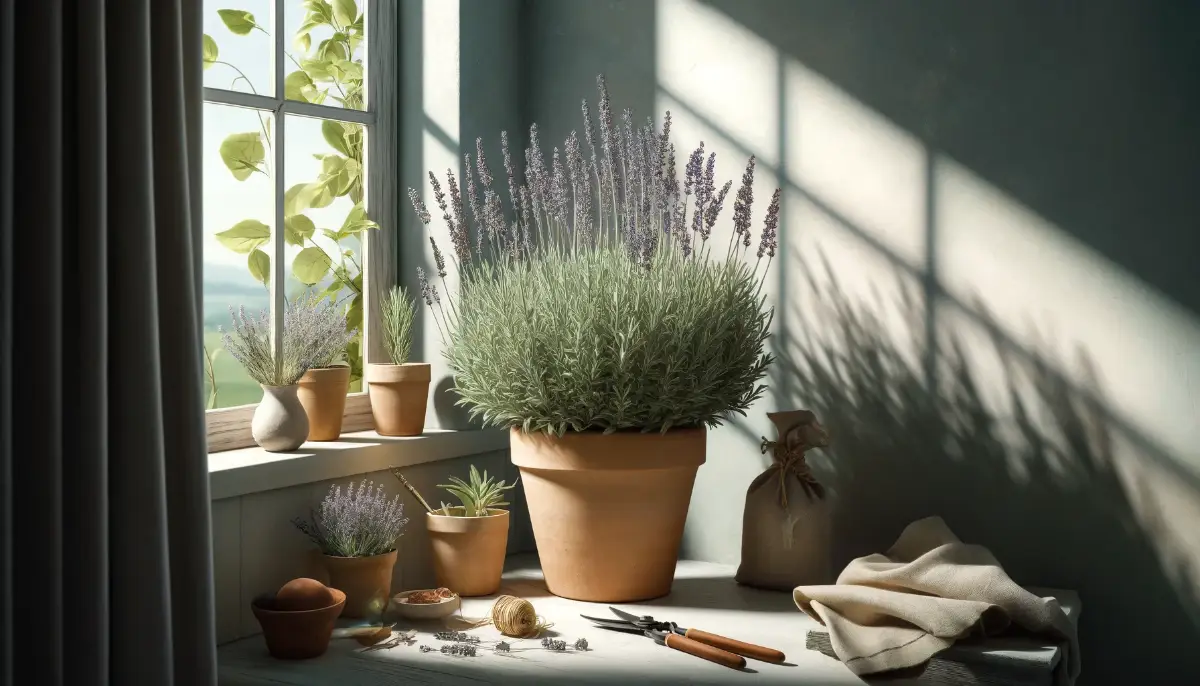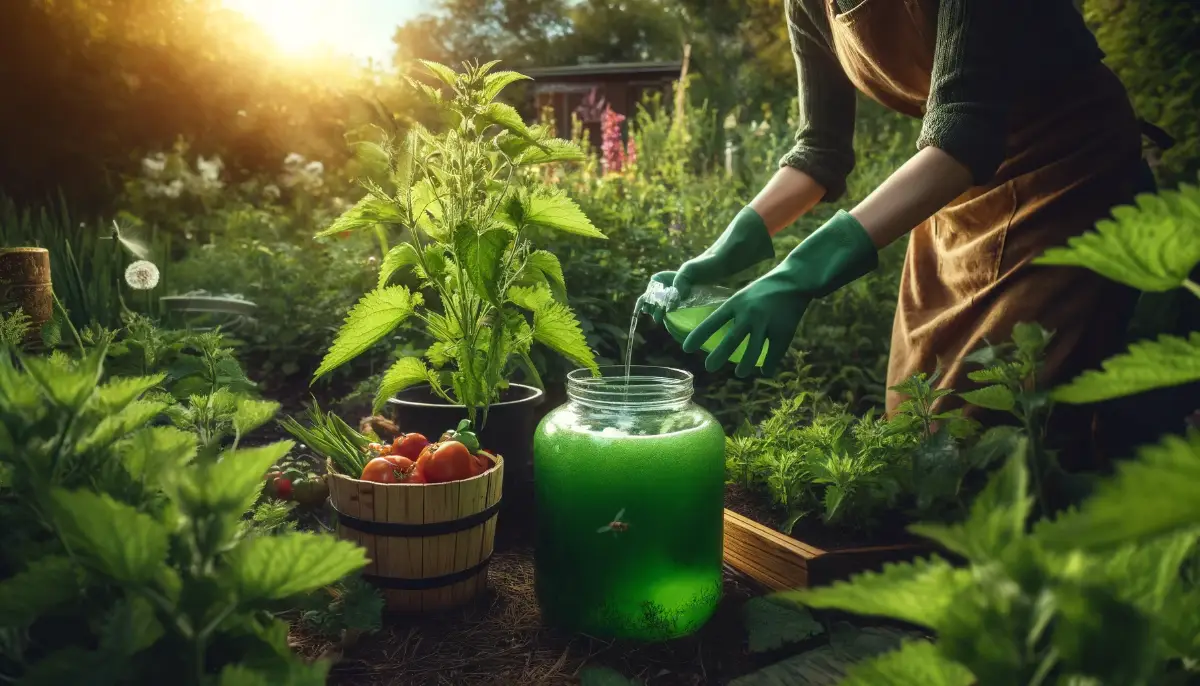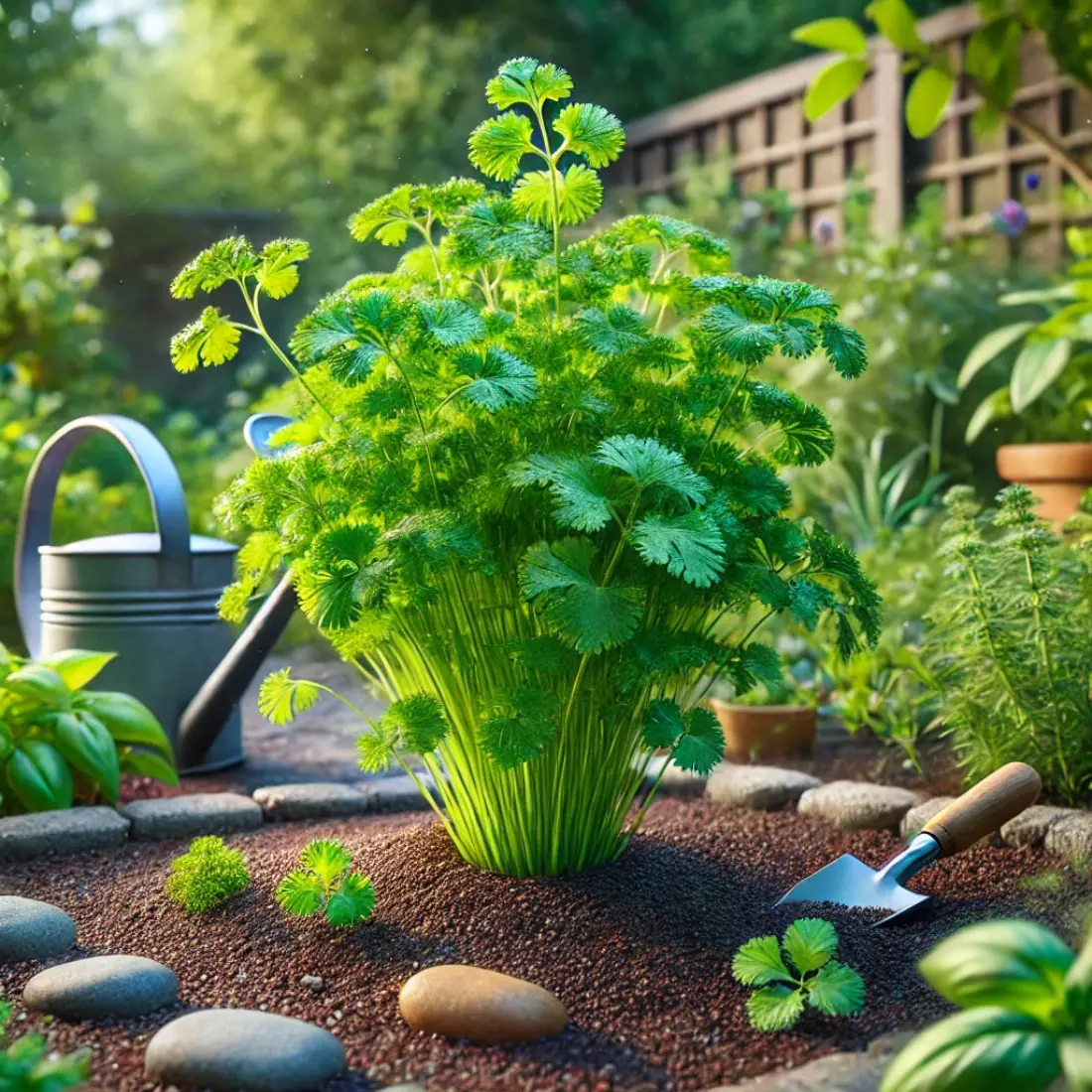In a world where natural remedies are gaining popularity, medicinal plants have become an essential addition to many households. These plants, known for their healing properties, offer a natural alternative to conventional medicines. Whether you’re looking to soothe a burn, reduce anxiety, or boost your immune system, having medicinal plants at home can provide immediate and convenient relief for various ailments.
The benefits of having these plants extend beyond their medicinal uses. They also improve indoor air quality, add aesthetic value to your home, and promote a sense of well-being. With a growing interest in holistic health, cultivating a home garden of medicinal plants allows you to harness nature’s healing power right at your doorstep.
- Medicinal plants can provide natural remedies for various health issues.
- Easy to grow and maintain at home.
- Include plants for common ailments like colds, digestion, and skin care.
Top Medicinal Plants to Grow at Home
Growing medicinal plants at home is a practical and rewarding way to harness the healing power of nature. Here are some of the most beneficial and easy-to-grow medicinal plants that you should consider adding to your home garden.
Aloe Vera
Aloe Vera is renowned for its soothing properties, especially for skin care. The gel from its leaves can be used to treat burns, cuts, and other skin irritations. Additionally, Aloe Vera aids digestion when consumed in small quantities.
Growing Tips: Aloe Vera thrives in well-drained soil and bright, indirect sunlight. Water sparingly, allowing the soil to dry out between waterings.
Key Benefits: Skin healing, digestive aid.
Basil
Basil is not only a flavorful herb for cooking but also has significant medicinal properties. It acts as an anti-inflammatory and can aid in digestion and respiratory health.
Growing Tips: Basil grows best in warm, sunny spots with well-drained soil. Regular pruning encourages bushy growth.
Key Benefits: Anti-inflammatory, digestive health, respiratory support.
Mint
Mint is a versatile herb known for its ability to relieve digestive issues and improve respiratory health. It can be used in teas, as a garnish, or even in homemade remedies.
Growing Tips: Mint is easy to grow but can be invasive. Plant it in a pot to control its spread. It prefers partial shade and moist, well-drained soil.
Key Benefits: Digestive health, respiratory relief.
Lavender
Lavender is prized for its calming and stress-relieving properties. Its fragrant flowers can be used in sachets, oils, and teas to promote relaxation and improve sleep quality.
Growing Tips: Lavender requires full sun and well-drained soil. It’s drought-tolerant once established and needs minimal watering.
Key Benefits: Stress relief, sleep aid.
Rosemary
Rosemary is known for its memory-enhancing properties and its ability to reduce inflammation. It’s also a popular culinary herb, adding flavor to a variety of dishes.
Growing Tips: Rosemary thrives in full sun and well-drained soil. It prefers to be kept on the drier side, so avoid over-watering.
Key Benefits: Memory enhancement, anti-inflammatory.
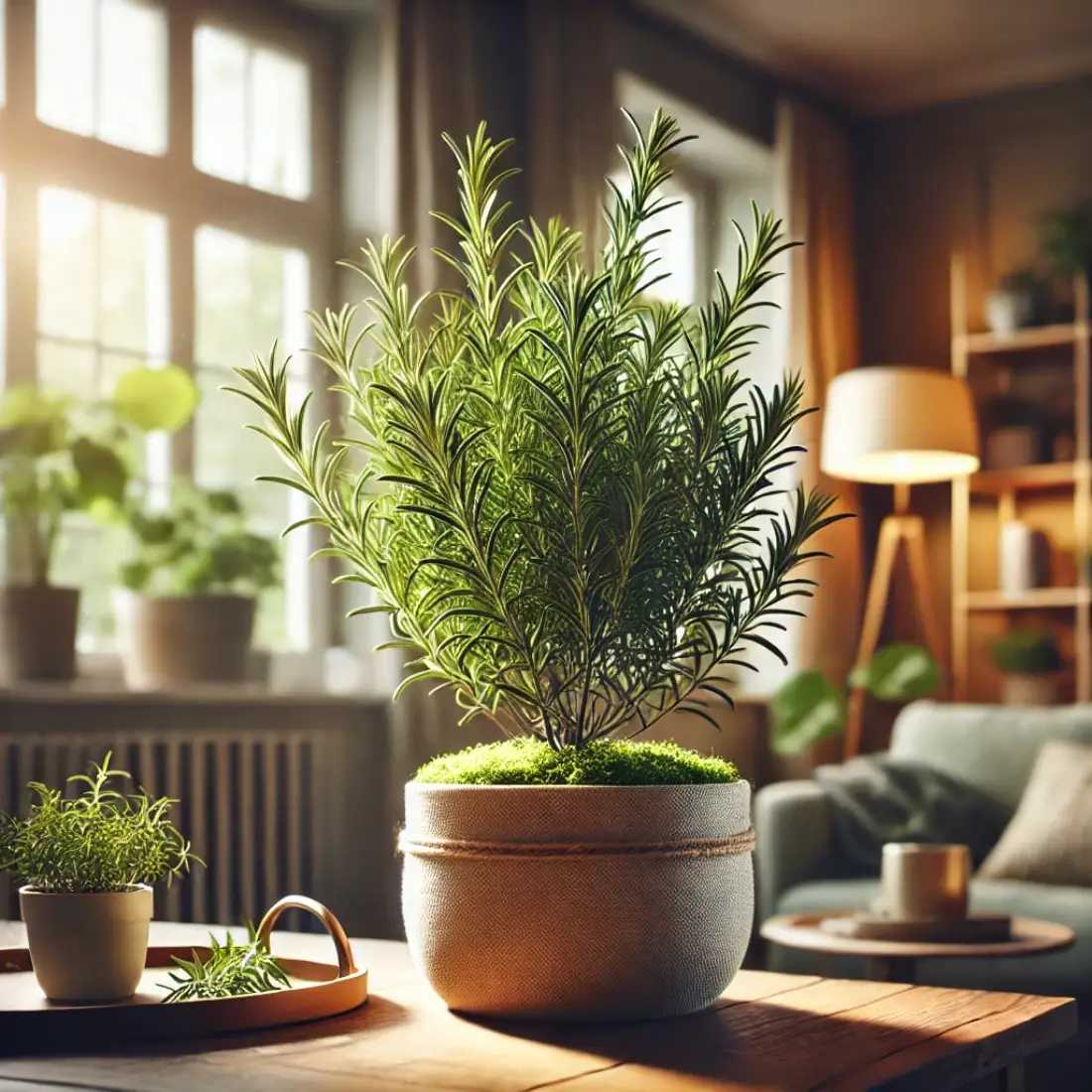
Thyme
Thyme has strong antiseptic properties and supports respiratory health, making it ideal for treating colds and coughs.
Growing Tips: Thyme prefers full sun and well-drained soil. It’s a hardy plant that requires minimal care.
Key Benefits: Antiseptic, respiratory health.
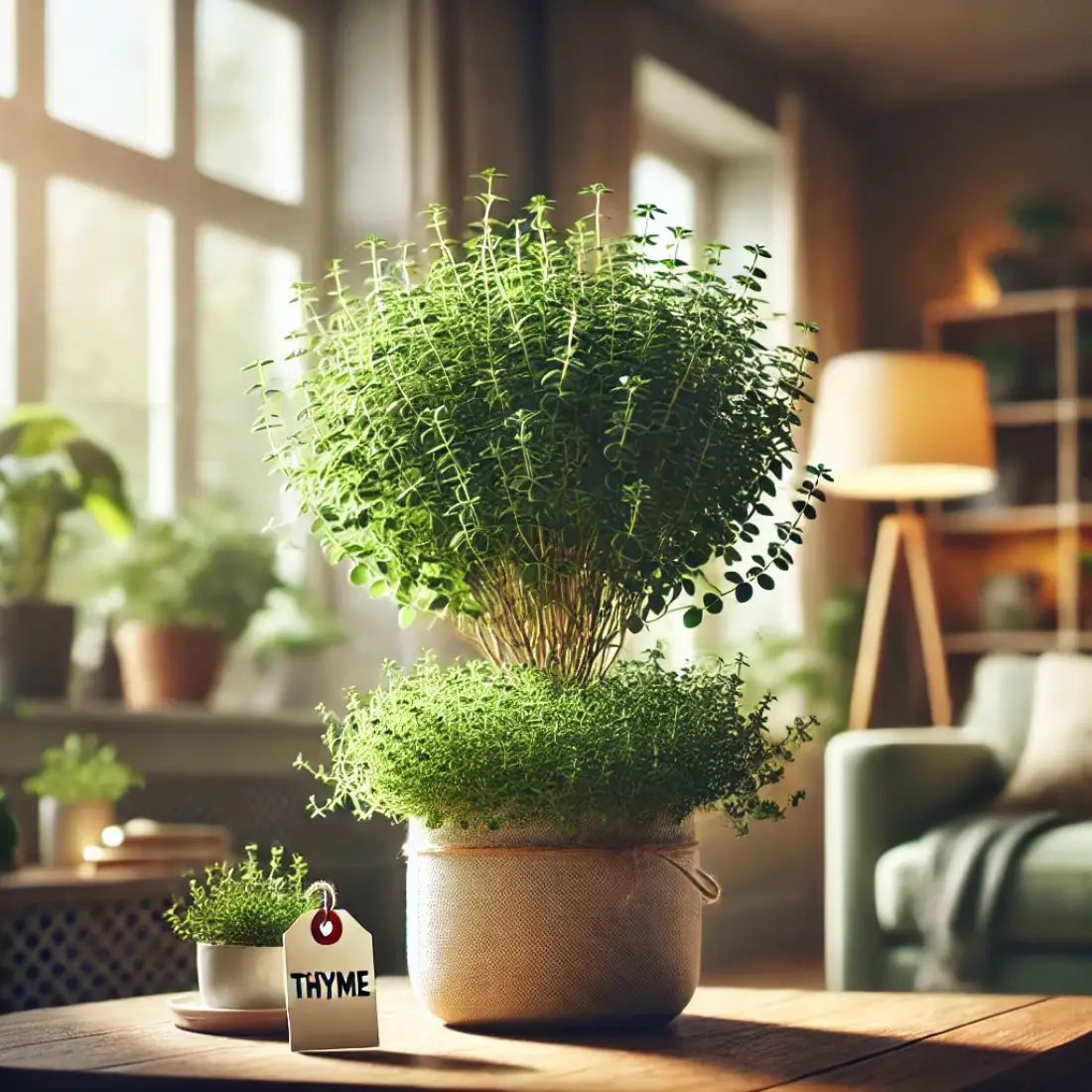
Chamomile
Chamomile is famous for its calming effects, often used to promote sleep and alleviate digestive issues. The flowers can be dried and used in teas.
Growing Tips: Chamomile grows best in cool conditions and partial shade. Ensure the soil is well-drained.
Key Benefits: Sleep aid, digestive health.
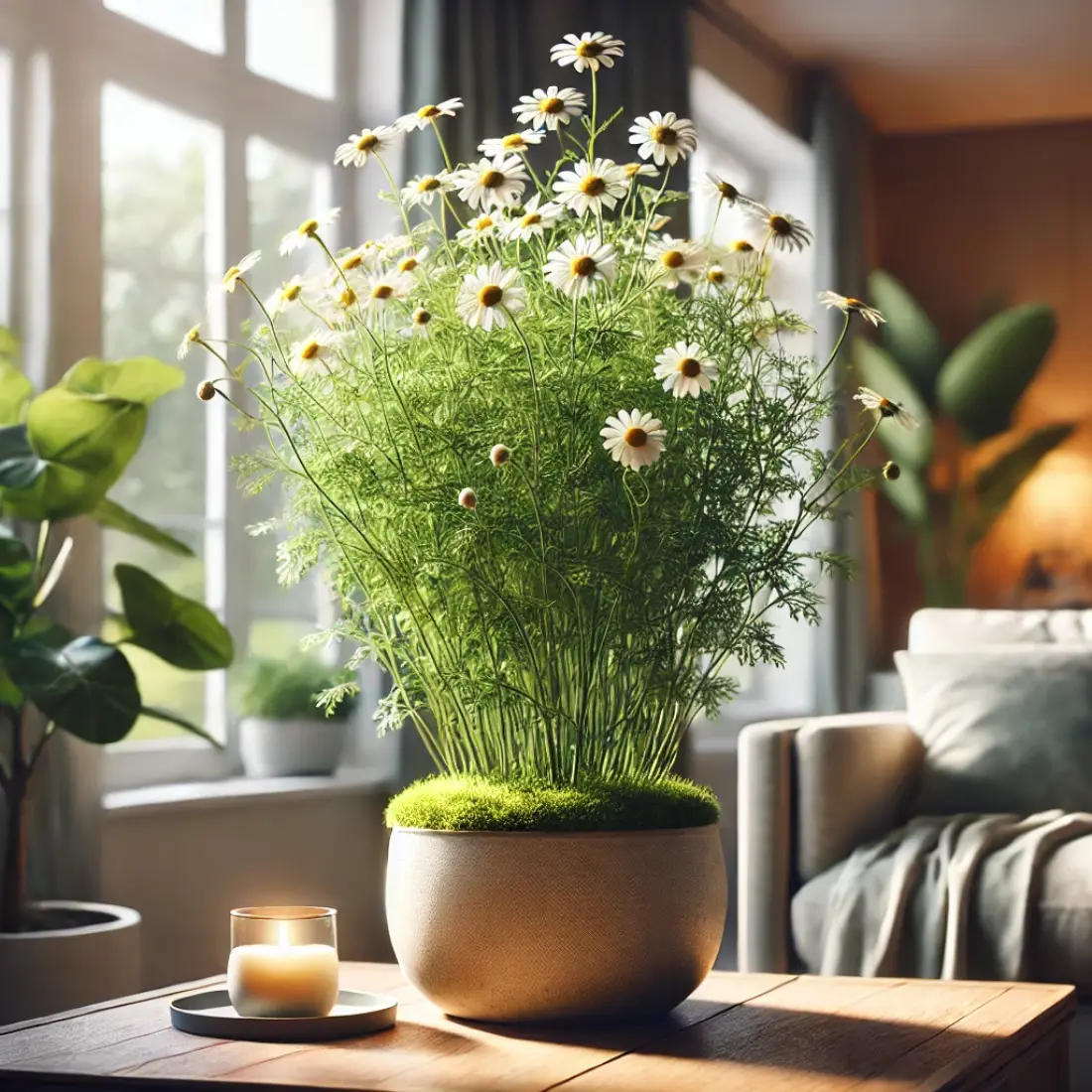
Sage
Sage is beneficial for oral health and has anti-inflammatory properties. It can be used in teas, gargles, or as a spice in cooking.
Growing Tips: Sage thrives in full sun and well-drained soil. It’s a hardy herb that requires little maintenance.
Key Benefits: Oral health, anti-inflammatory.
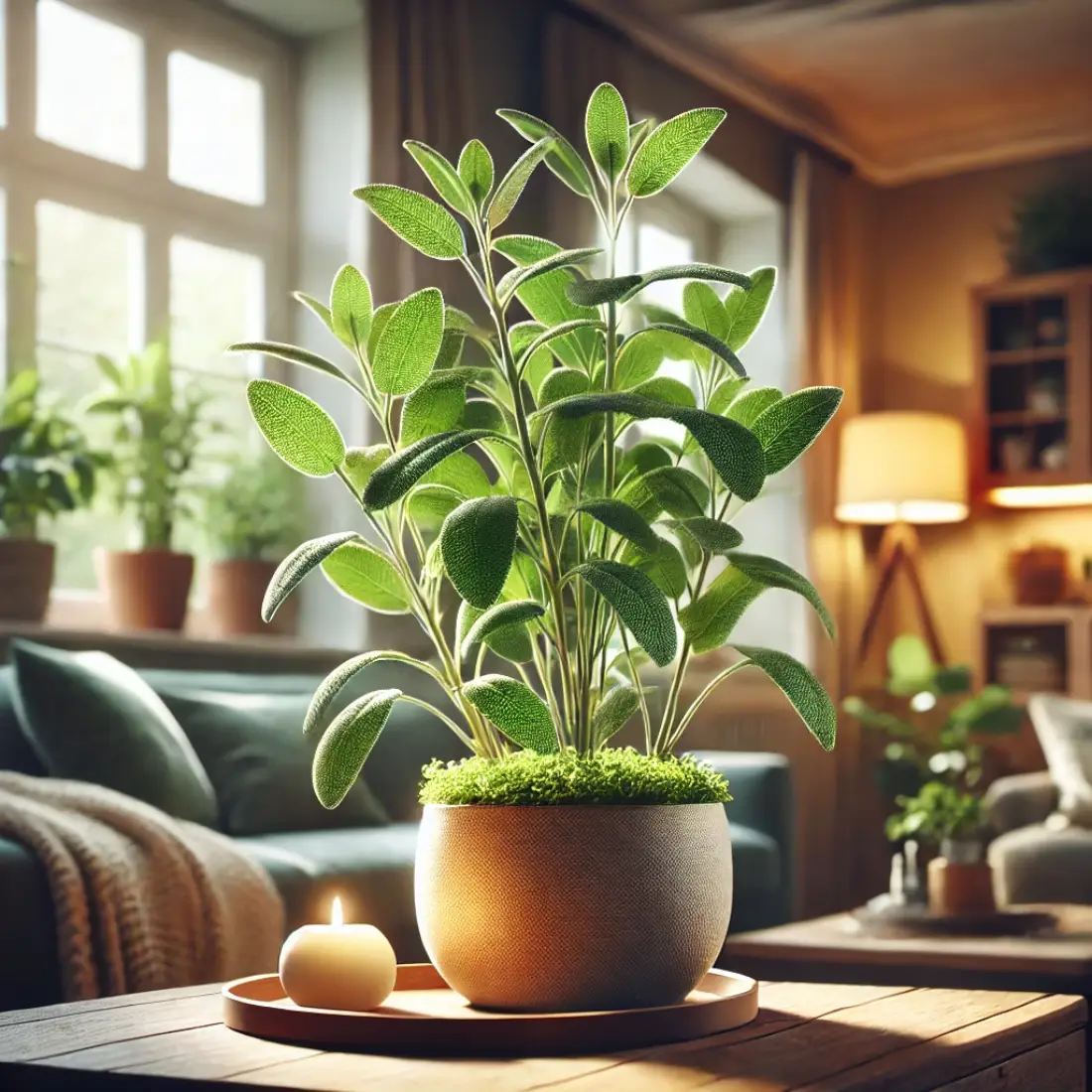
Echinacea
Echinacea is well-known for its immune-boosting properties, often used to prevent and treat colds.
Growing Tips: Echinacea prefers full sun and well-drained soil. It’s a drought-tolerant plant that’s easy to grow.
Key Benefits: Immune support, cold relief.
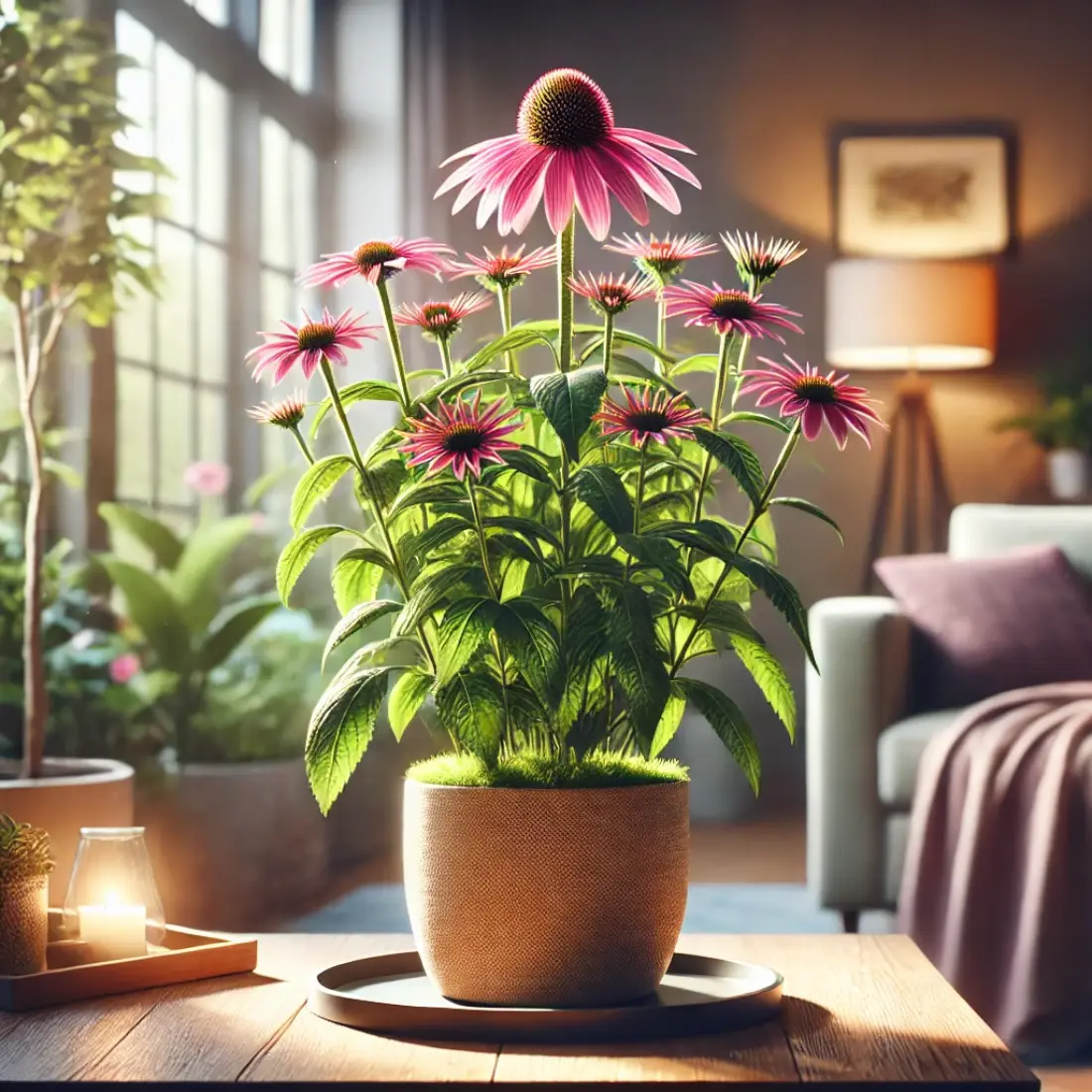
Ginger
Ginger is a powerful anti-inflammatory and can help with nausea and digestion. It’s often used in teas, cooking, and natural remedies.
Growing Tips: Ginger grows best in partial shade and rich, moist soil. It requires warm conditions and regular watering.
Key Benefits: Anti-nausea, anti-inflammatory.

These medicinal plants are not only easy to grow but also provide a natural way to enhance your health and well-being. Incorporate them into your home garden and experience their benefits firsthand.
How to Use Medicinal Plants Effectively
Using medicinal plants effectively requires understanding the various ways they can be prepared and administered.
Teas and Infusions
One of the most common ways to use medicinal plants is by making teas and infusions. This method is simple and effective for extracting the beneficial compounds from the plants.
- How to Prepare: Steep fresh or dried leaves, flowers, or roots in hot water for 5-10 minutes. Strain and drink.
- Examples: Chamomile tea for relaxation, peppermint tea for digestive health, and ginger tea for nausea relief.
Tinctures
Tinctures are concentrated extracts made by soaking medicinal plants in alcohol or vinegar. They are potent and can be stored for a long time.
- How to Prepare: Fill a jar with chopped herbs and cover with alcohol or vinegar. Seal tightly and store in a dark place for 4-6 weeks, shaking occasionally. Strain the liquid and store it in a dark glass bottle.
- Examples: Echinacea tincture for immune support, lavender tincture for stress relief.
Ointments and Salves
Ointments and salves are topical applications made by infusing medicinal plants in oils and combining them with beeswax. They are excellent for treating skin conditions and wounds.
- How to Prepare: Infuse dried herbs in a carrier oil (like olive or coconut oil) by heating gently for several hours. Strain the oil and mix it with melted beeswax. Pour into containers and let it solidify.
- Examples: Aloe Vera ointment for burns, calendula salve for cuts and scrapes.

Essential Oils
Essential oils are highly concentrated plant extracts that capture the plant’s scent and therapeutic properties. They are used in aromatherapy, massage, and as ingredients in homemade skincare products.
- How to Prepare: Distillation is the most common method, but it requires special equipment. Alternatively, you can purchase high-quality essential oils.
- Examples: Lavender oil for relaxation, rosemary oil for cognitive enhancement.
Poultices and Compresses
Poultices and compresses involve applying fresh or dried medicinal plants directly to the skin. This method is beneficial for localized pain or inflammation.
- How to Prepare: Crush fresh herbs or rehydrate dried herbs with hot water. Apply the plant material directly to the affected area and cover with a cloth or bandage.
- Examples: Plantain poultice for insect bites, ginger compress for muscle pain.
Safety Considerations
While medicinal plants offer numerous health benefits, it’s important to use them safely.
- Dosage: Start with small amounts to see how your body reacts. Follow recommended dosages and consult a healthcare professional if unsure.
- Allergies: Test a small amount of the plant on your skin before using it more broadly to check for allergic reactions.
- Interactions: Be aware of potential interactions with prescription medications. Consult a healthcare provider if you are taking other medicines.
Tips for Growing Medicinal Plants at Home
Growing medicinal plants at home is a rewarding way to ensure you have fresh, natural remedies at your fingertips. Here are some essential tips to help you cultivate a thriving medicinal garden:
Choose the Right Plants
Select medicinal plants that are well-suited to your local climate and soil conditions. Consider starting with easy-to-grow varieties like Aloe Vera, Basil, Mint, Lavender, and Rosemary.
Soil and Sunlight
Most medicinal plants prefer well-drained soil and plenty of sunlight. Use a good quality potting mix if you’re planting in containers. Ensure your plants get at least 6-8 hours of sunlight daily.
Watering
Watering needs vary among different plants. Generally, it’s best to keep the soil moist but not waterlogged. Aloe Vera and Lavender prefer drier conditions, while Mint and Basil thrive in more consistently moist soil.
Pruning and Harvesting
Regular pruning encourages healthy growth and prevents plants from becoming leggy. Harvest leaves, flowers, and stems as needed, but avoid over-harvesting. This ensures the plant remains healthy and continues to produce.
Pest Control
Keep an eye out for pests like aphids and spider mites. Use natural pest control methods, such as neem oil or insecticidal soap, to protect your plants without harmful chemicals.
FAQs About Medicinal Plants
What are the easiest medicinal plants to grow at home?
Some of the easiest medicinal plants to grow at home include Aloe Vera, Mint, Basil, Lavender, and Rosemary. These plants are low-maintenance and thrive in a variety of conditions.
How long does it take for medicinal plants to grow?
Growth times vary depending on the plant. Mint and Basil can be harvested within a few weeks, while plants like Lavender and Rosemary may take several months to mature fully.
Can these plants be used in combination with regular medication?
While many medicinal plants are safe to use alongside regular medication, it’s important to consult a healthcare provider to avoid potential interactions and ensure safe usage.
What’s the best way to store harvested medicinal plants?
Dried herbs should be stored in airtight containers, away from light and moisture, to maintain their potency. Fresh leaves can be refrigerated for short-term use or frozen for longer storage.
How can I ensure the potency of my medicinal plants?
Harvest plants at their peak, usually in the morning after dew has evaporated. Dry them properly and store them in ideal conditions to retain their medicinal properties.
Are there any safety precautions to consider when using medicinal plants?
Yes, always start with small doses to monitor your body’s reaction. Be aware of any allergies and consult with a healthcare provider if you are pregnant, nursing, or have pre-existing health conditions.
Can I grow medicinal plants indoors?
Absolutely! Many medicinal plants can be grown indoors in pots, provided they receive adequate sunlight. Plants like Aloe Vera, Basil, and Mint do well indoors.
How do I make a tincture from medicinal plants?
To make a tincture, chop the fresh or dried herbs and place them in a glass jar. Cover with alcohol (like vodka) or vinegar, seal, and store in a dark place for 4-6 weeks, shaking occasionally. Strain the liquid and store it in a dark glass bottle.
Which medicinal plants are best for skin care?
Aloe Vera is excellent for soothing burns and skin irritations, while Calendula can help with cuts and scrapes. Lavender is also beneficial for its anti-inflammatory and calming properties.
How can I use medicinal plants for stress relief?
Lavender and Chamomile are great for stress relief. They can be used in teas, essential oils, or added to baths. Their calming properties help reduce anxiety and promote relaxation.

